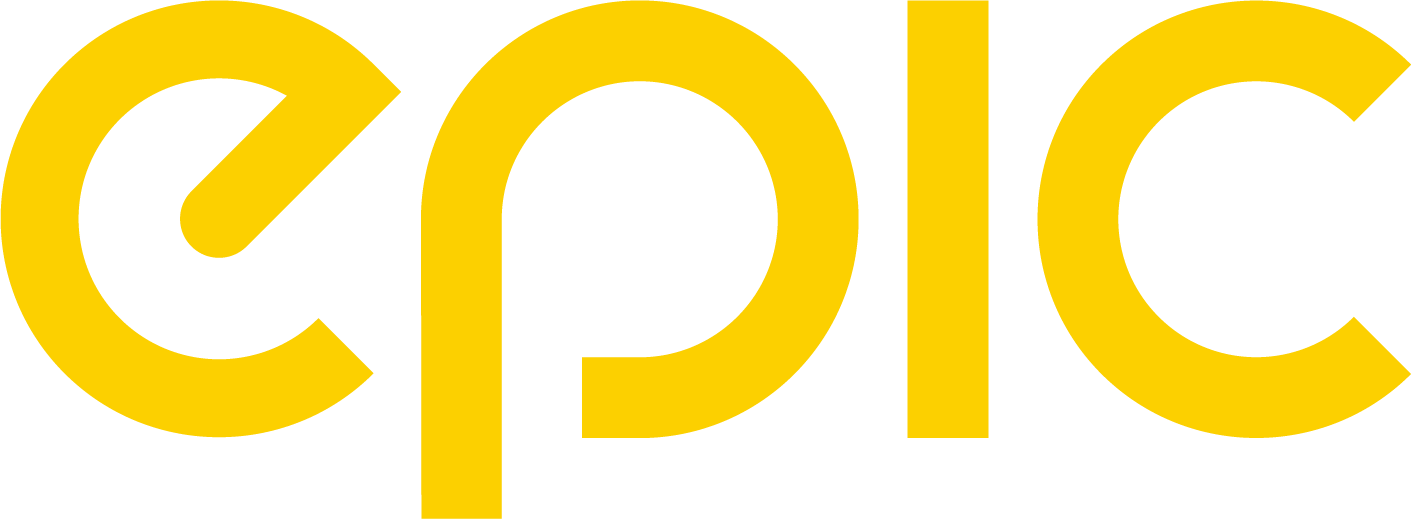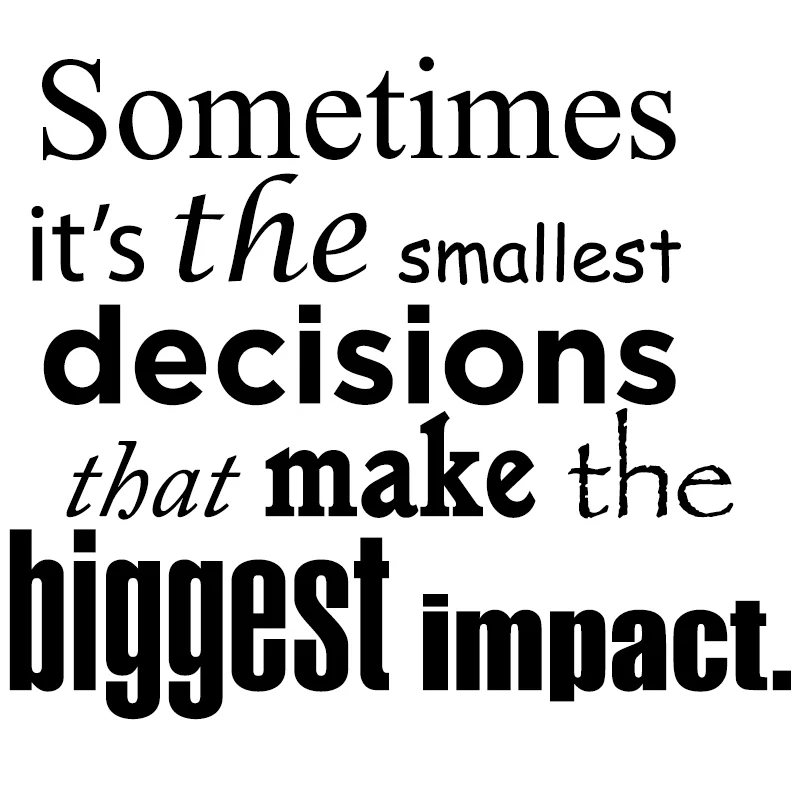On this day in 1737, John Hancock, a patriot of the American Revolution, was born in a province of Massachusetts Bay (now Quincy). Though he was the first Massachusetts Governor and President of the Second Continental Congress, he is best known for his large and prominent signature on the Declaration of Independence—so much so that “John Hancock” is now commonly referred to when speaking of a person’s signature.
Though I would venture to say that Hancock would be a formal calligraphy type of man (“declaration” is actually a font made from the handwriting of the Declaration of Independence and is the professional penmanship of Timothy Matlack, who engrossed the final copy of the document), nowadays one’s penmanship would be equated with his digital font of choice (seeing as how there is very little handwriting that now takes place).
So when it comes to designing your clients’ websites, collateral pieces, or even your own, you might be at a loss in terms of which font to use. With an endless quantity of typefaces that range from bold ornamentation to even the most mundane of styles, how does anyone know which to choose? Suddenly, an infinite amount of questions plague your thoughts: What message does this font size convey? How will this font look across all of my platforms? Am I making any serious typeface blunders? What type of voice and emotions does this font suggest?
Don’t freak! Read on to learn more about some major font faux pas, how to avoid them, and which fonts you should best utilize to maximize your responsive web design and other campaign elements.
Consider the Circumstances:are you preparing a legal document or a birthday invitation? Is this a piece of collateral designed for a hospital or for a restaurant? Just like you would always do an in-depth analysis of your audience, so too would you take the time to consider the context in which your piece is situated. Chances are, you’ll easily recognize which fonts are (and are not) appropriate given the conditions.
Get Familiar with the Basics:You should always have a repertoire of fonts in your back pocket that are safe and your “go-to” ones. These ought to include fonts that are clear and universal, such as types of geometric sans (think Helvetica or Gotham) or that are modern but still retain a humanistic element, such as types of humanist sans (think Myriad or Verdana). You can also always fall back on the old style types, such as Jenson or Garamond, that are classic and traditional.
Focus on Decisive Contrast:Be careful when mix and matching fonts. Typefaces on a design need to coexist comfortably without making the viewer hesitate and wonder in confusion—rather than simply viewing. Though there is no hard-set rule here, one important thing to remember is that it’s best to combine fonts that are very different with the exception of one shared trait (such as the same stroke weight).
Take Some Risks: Don’t be afraid to add a little flare to your design piece by playing around with fonts that may seem a bit more “out there.” Just be sure to use those in moderation and to always examine your piece from all aspects and across all platforms before sending to print.
The most important thing to remember is that there really are no iron-clad rules when it comes to fonts; rather practice and meticulous selection are the elements that go a long way. Though handwriting may be becoming less of an everyday occurrence in this digital age, now swapped for a keyboard and a Word document, the practice of utilizing fonts to convey a message is certainly not.





